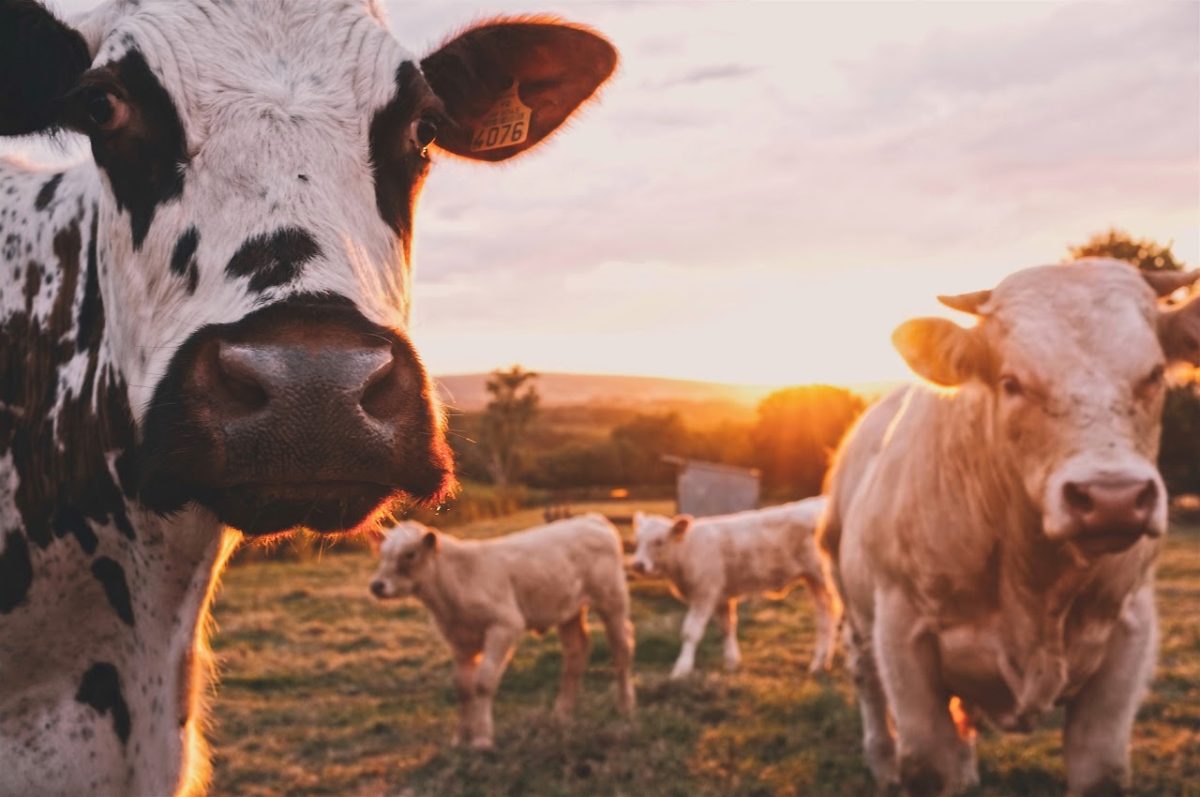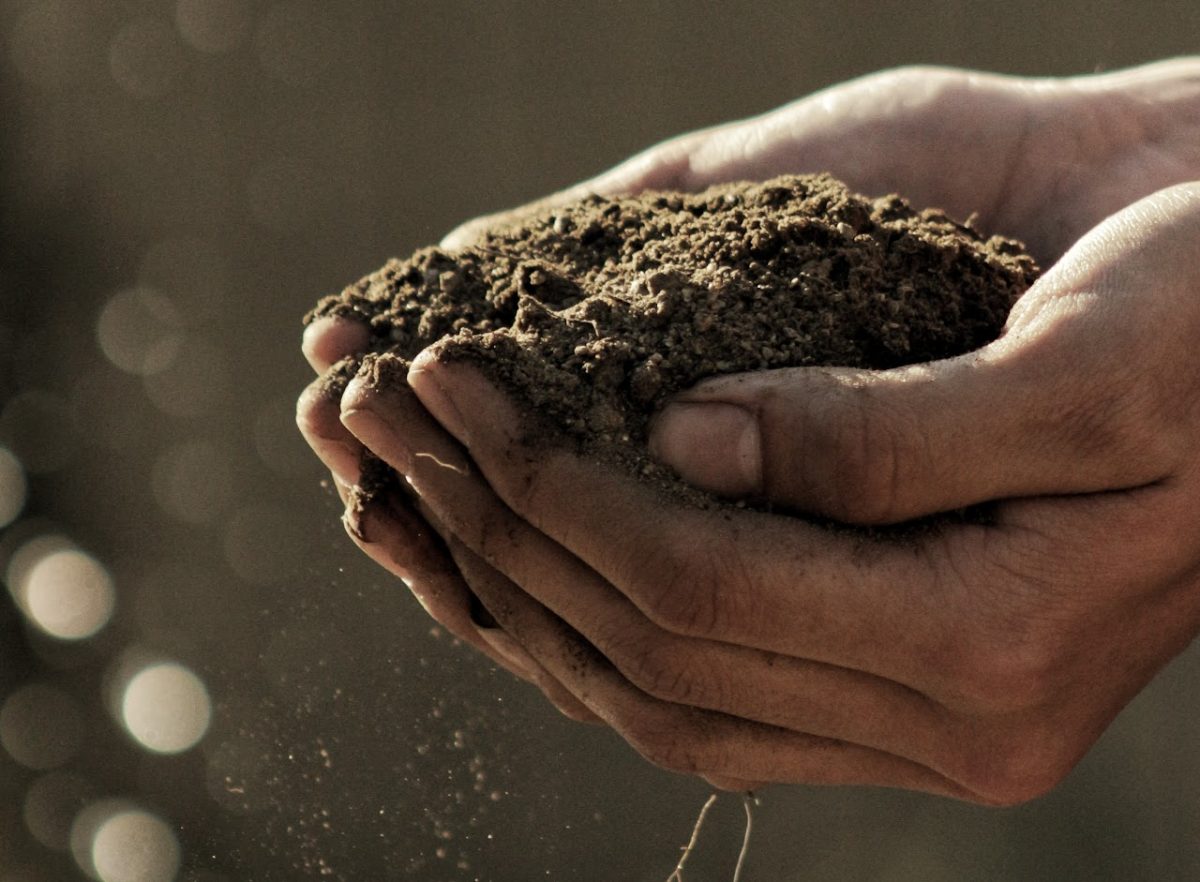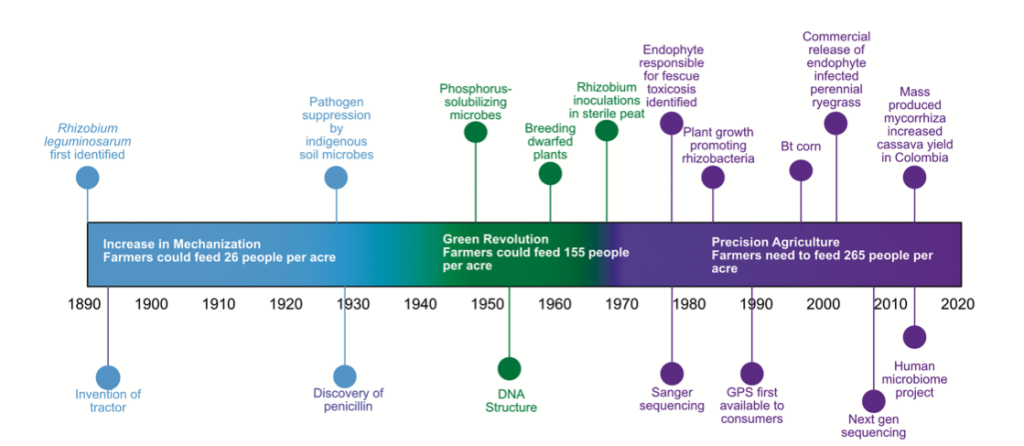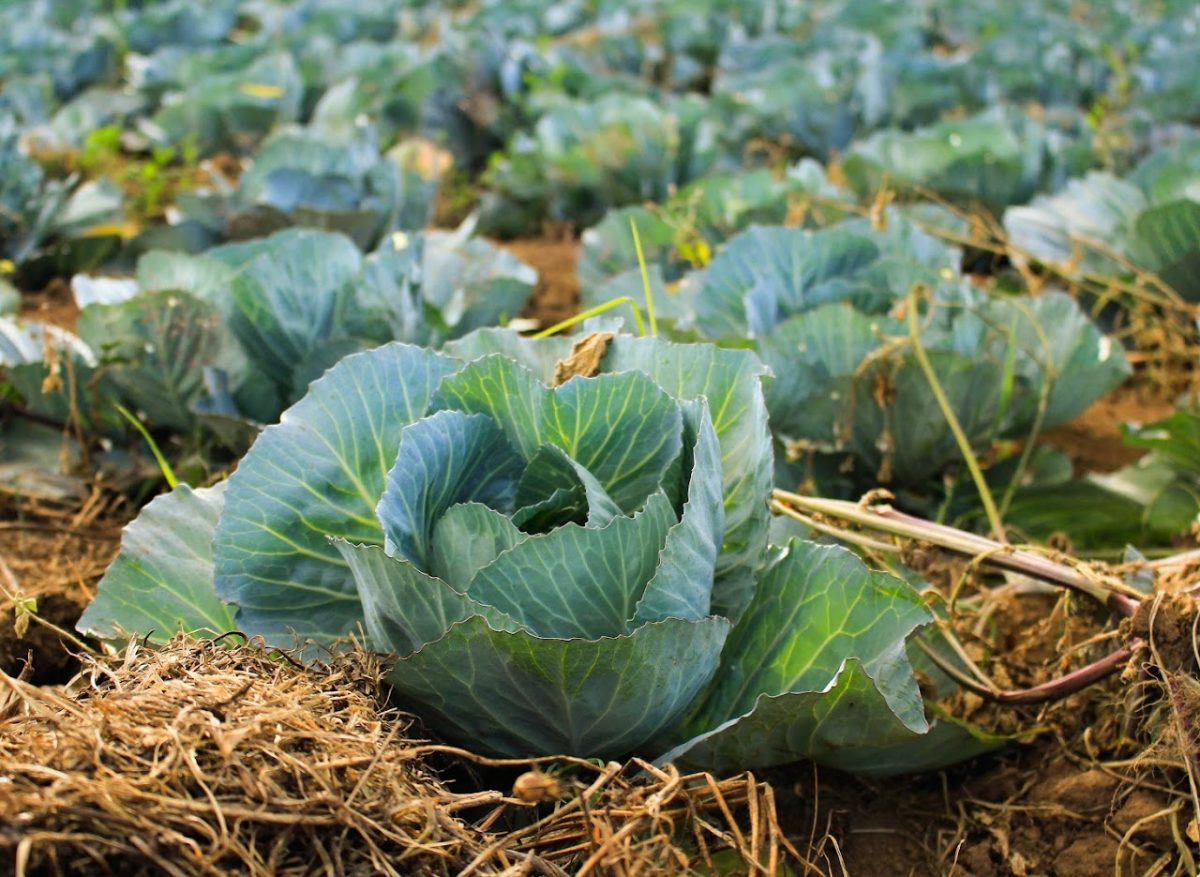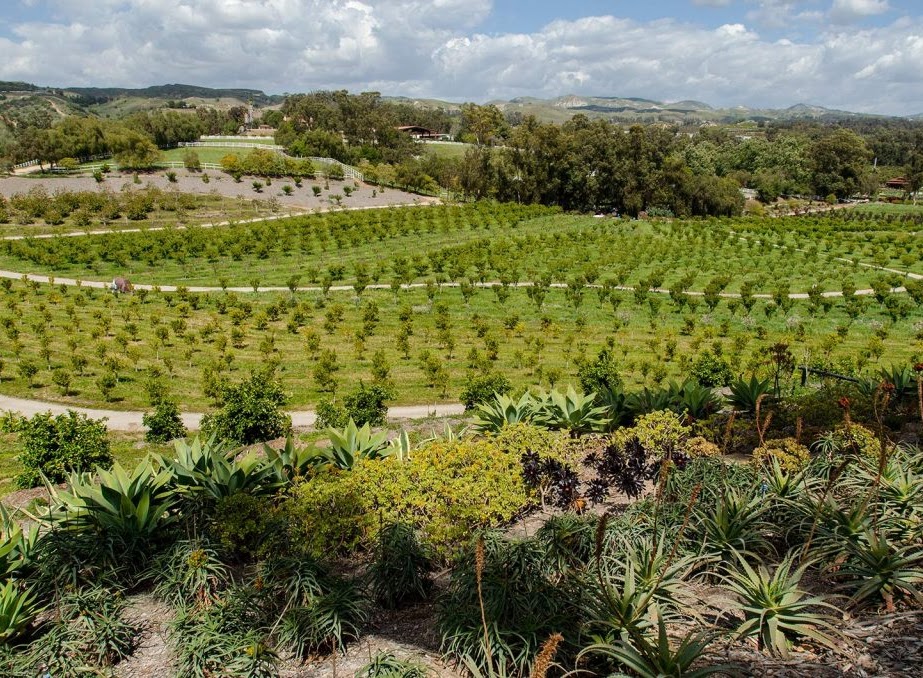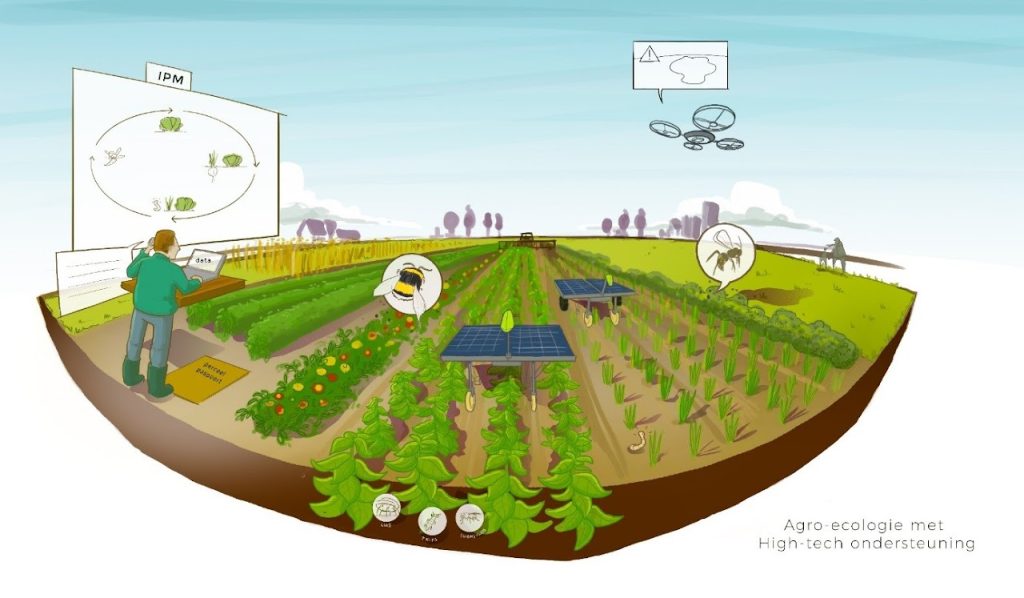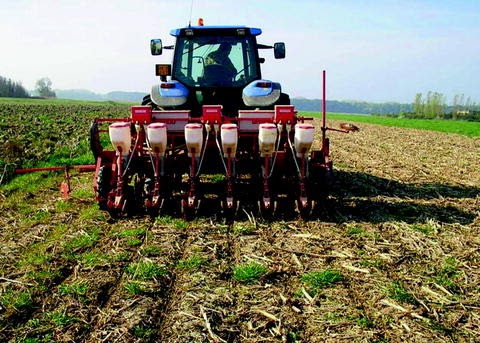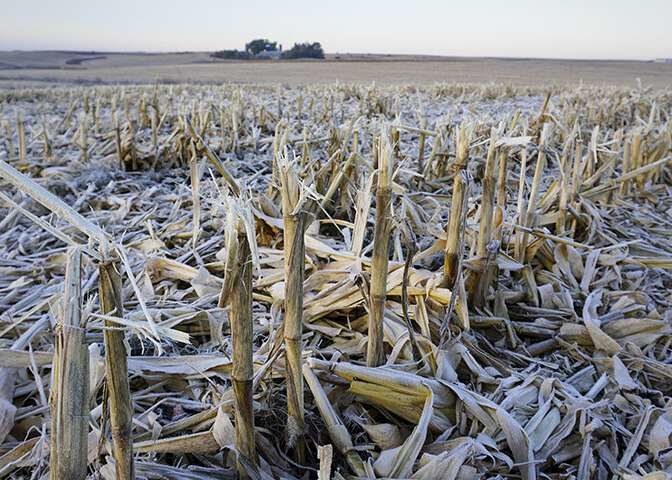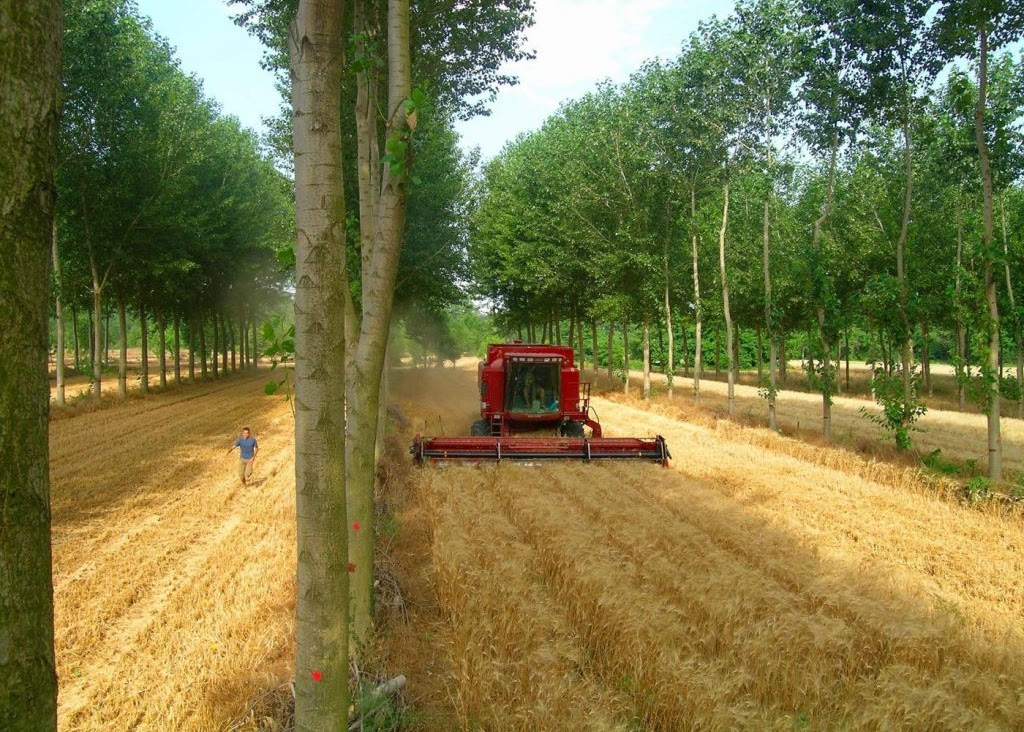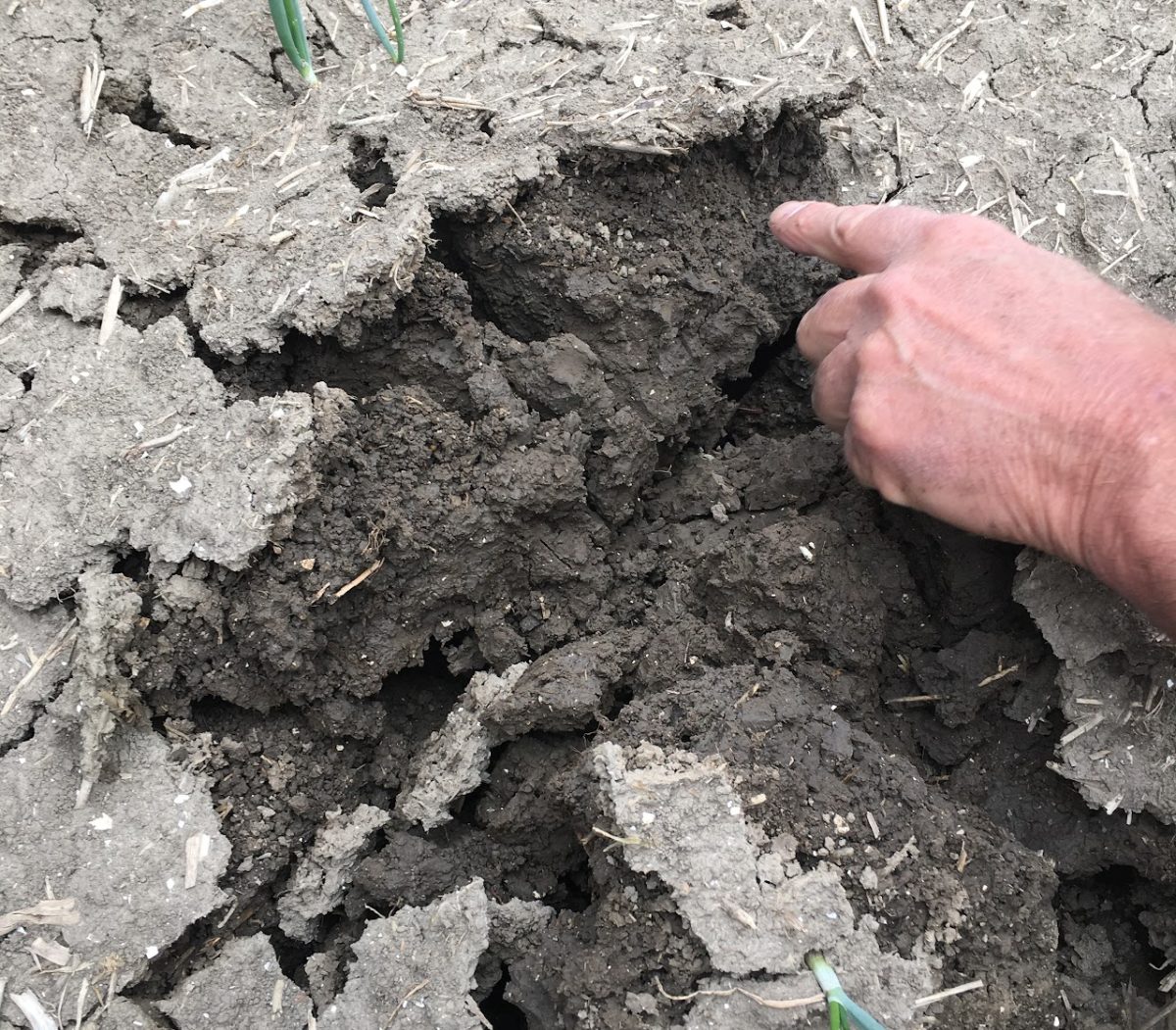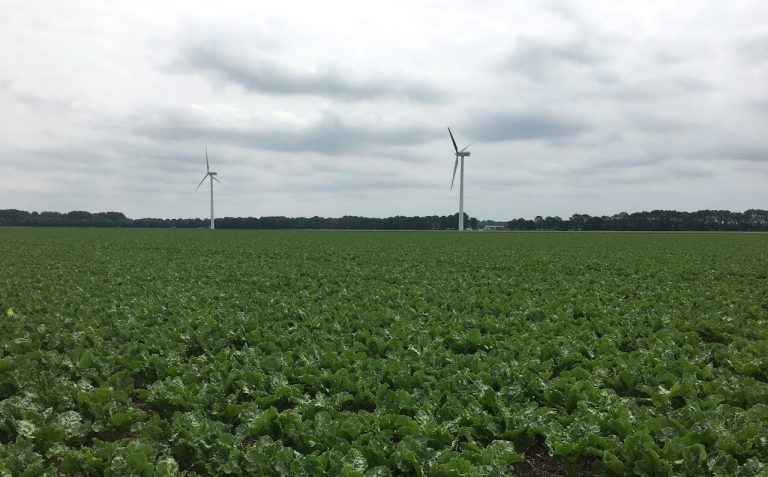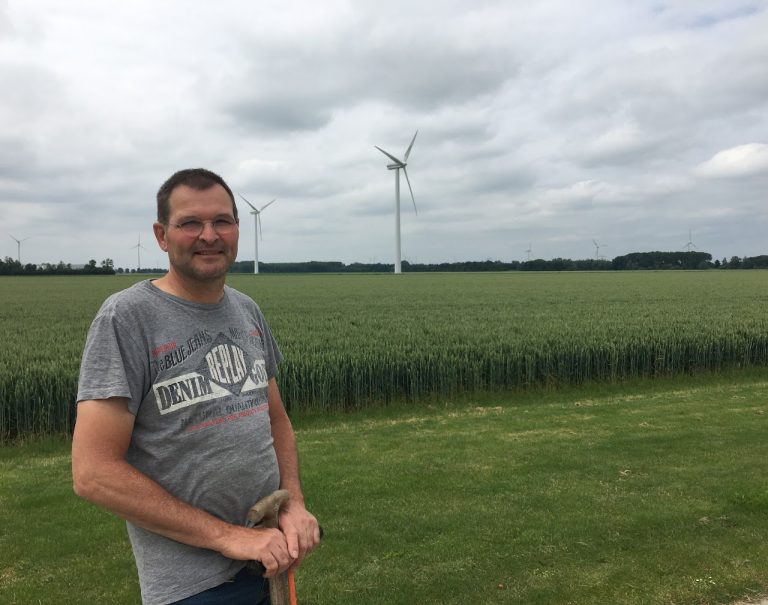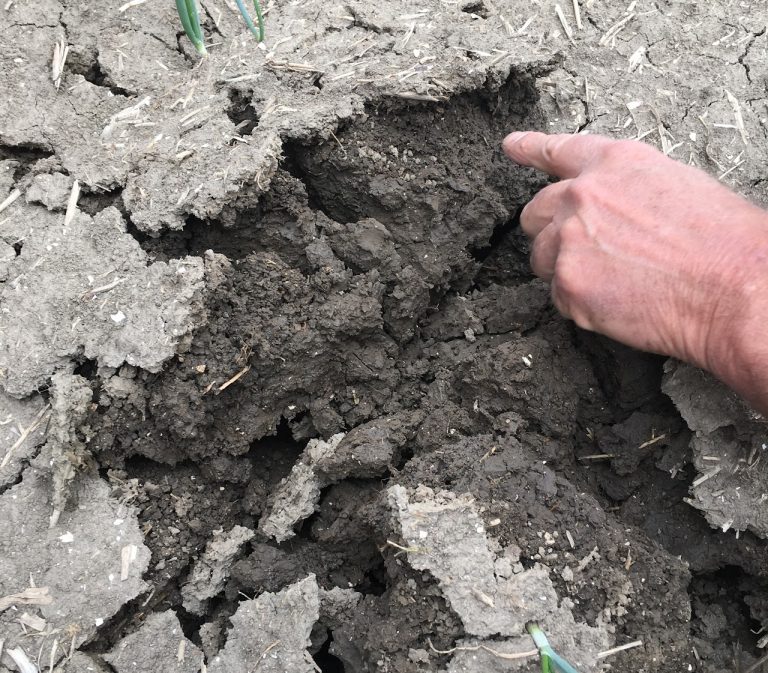Agroecology is an inherently broad subject. We’re picking it apart to consider the effects of an agroecological approach on circularity from the perspective of nutrient, ecological, climate, and societal circularity.
Circular Agriculture is a term that’s picking up steam in farming. Policymakers love to set goals for circularity, considering the boundaries of a region, a city, or neighborhood. We’ll look at the farm system circularity, and it’s components that contribute to the entirety of the farm. Farm systems, are a series of activities and components making up the farm that influence each other. Circular farm systems, are those where resources are used, as much as possible within the farm system, with very little departing the system, or entering it.
The Farm System
A system is defined as is an arrangement of components that interact to some process, and transform inputs into output. From a structural perspective, this is with components and their interactions, and functionally, such as the way they influence or transform inputs into outputs. Think of a dairy cow, which grazes on grasses and drinks water (inputs), to produce milk (output) for consumption outside the system. With arable crops, inputs like fertilizers, pesticides, (solar) radiation and water all contribute to the final output, marketable yield. Here we’ll look at these inputs and outputs as a system whole, and will touch on the methods to make your farm operations more efficient, reducing waste and optimizing circularity.
Agricultural Circularity
Circular agriculture is a fairly new term, which with increasing adoption is being more clearly defined. According to the University of Wageningen, it’s a an approach to achieve the optimum combination of ecological principles with modern technology – not only focusing on yields, but using resources and energy sparingly – putting as little pressure on the environment, nature and climate as possible.
At NowFarmer, we agree with this sentiment, but want to stress that farmers are not solely responsible for agriculture circularity, but that the greater food system (processing and distribution) must also carry their weight in reducing waste and redundancies within the system. What it doesn’t mean, is that we’ll return to the pre-Green Revolution era of rural nostalgia from the 1900s. It’s a cooperative approach influencing scientist and researchers, organizations, farmers and consumer citizens.
One way to look at Agricultural Circularity is to take an approach to achieve the optimum combination of ecological principles with modern technology
Nutrient Circularity
Healthy soils, or soil fertility is the key component to agricultural production. Soil health is largely determined by its quality, organic matter content, water interaction and dynamics, and nutrient availability. Nutrient circularity is pivotal, as the quality of nutrients in the soil affect crop production and quality, for human and animal nutrition alike. Nutrients essential for crop growth, include growth limiting nutrients such as nitrogen (N), phosphorus (P), and potassium (K), and essential micronutrients and trace minerals (Mg, Cu, Zn etc.)
Nutrients that are lost to the cycle often results in pollution of air, water and ground, which has negative impacts on biodiversity and our health. These losses also lead to exhaustion of limited resources, like rock phosphate, which is mined as a fertilizer. When soils are healthy, losses of nutrients are decreased to the system, crop nutrient uptake is optimized, which has a direct impact on increasing organic materials for carbon sequestration (CO2) and other greenhouse gasses (GHGs).
Nutrient Cycle
Normally, nutrients come into the system from a combination of quality biological (animal) fertilizer, and decomposed crop residues. When animal manure is separated from dry (feces) and wet (urine) ammonification is minimized, reducing losses of gaseous escape to the atmosphere.
The use of domestic or industry sewage sludge too is rich in nutrients which can contribute to the recycling of nutrients within agricultural systems.
Though optimizations can be made, nutrient losses still occur which are out of our control. This is when precision application of chemical fertilizer, or the use of nitrogen fixing crops (intercropping or rotation) can support the reduction of losses and maintain crop yield.
Ecological circularity
The reliance on natural or synthetic chemicals for weeds, pest and disease mitigation has resulted in species that are continually adapting resilience to chemical inputs. A holistic approach to the use of these inputs is heavily reliant on the expectation that a healthy crop is a disease and pest resistant crop. By using or integrating crop species which can support disease suppression and mitigation, and management methods like rotation, the requirements of chemical inputs can be greatly reduced.
Integration of flower borders, allows for natural predators a habitat near your fields, where they can be undisturbed to feed on the pests affecting crops. By incorporating natural processes into farm management practices, farmers can achieve a “nature-inclusive” approach to farming – supporting ecosystem services and the conservation of nature and biodiversity.
A valuable contributor to ecosystem services, lady beetles are beneficial predatory insects who work to rid crops of damaging aphids, mealybugs and other pests.
Climate circularity
Though not as large as some industries, Agriculture as a whole contributes to 12% of GHG emissions globally. This is cause for concern, as agriculture is especially sensitive to the effect of climate change. Increase of drought occurrence, or more extreme weather events, put farms at risk of loosing crops, devastating livelihoods and local ecology.
Circular management works to combat GHG emissions by way of carbon sequestration, in the form of regenerative agriculture, by enhancing the natural processes of biomass degradation and reduced soil disturbance. Thus reducing environmental losses of carbon dioxide, nitrous oxide and methane, but also using less fertilizer, meaning fewer runs with the tractor and CO2 emissions.
Circular society
Although farmers play an important role in achieving circularity, they’re not alone in the efforts needed to reach these ambitious goals. Collectively, we need to overcome barriers from technical, economic, logistic, policy and social perspective, which influences all parties in achieving sustainable food systems.
